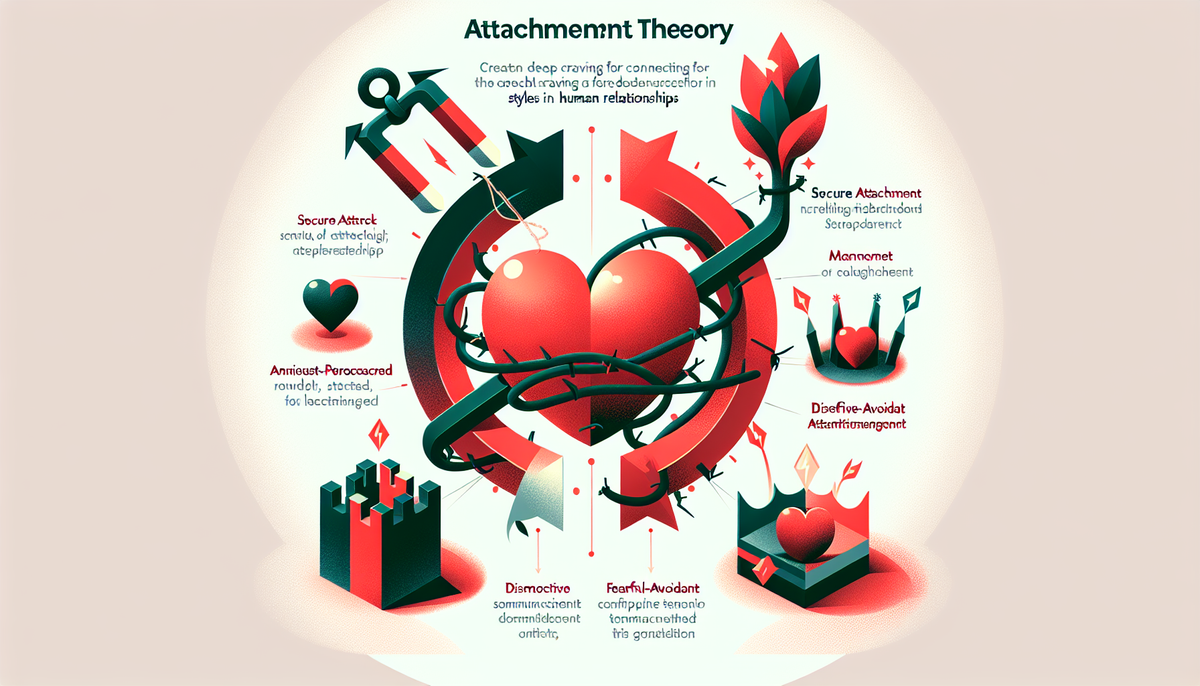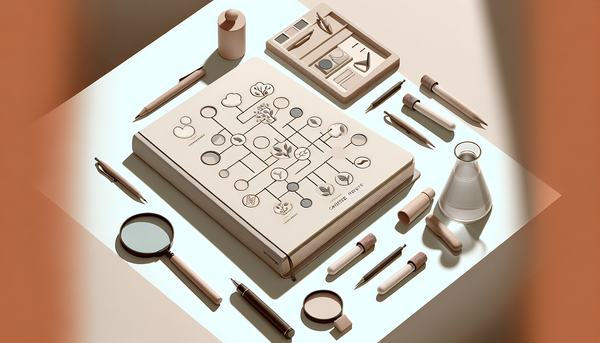Attachment Styles: What They Mean for Love

Attachment Styles: What They Mean for Love
Have you ever wondered why you react the way you do in relationships? Why some people thrive on intimacy while others push it away? The answers may lie in attachment theory, a groundbreaking concept in relationship psychology that explains the deep-seated "love patterns" we develop from our earliest experiences. Understanding your attachment style is like getting a user manual for your heart—it illuminates your emotional triggers, communication habits, and your fundamental approach to love. This knowledge is the first and most powerful step toward building the healthy, fulfilling connection you deserve.
What Are Attachment Styles? A Primer on Connection
Developed initially by psychologist John Bowlby in the mid-20th century, attachment theory first focused on the critical bond between infants and their primary caregivers. Bowlby discovered that this first relationship creates an internal working model, or a blueprint, for how we perceive and behave in all future relationships. This blueprint, our attachment style, dictates our expectations of others, our comfort with intimacy, and our strategies for dealing with conflict and emotional needs. It's the invisible force shaping your romantic life, influencing who you're attracted to and the dance of connection you perform with them.
The Four Key Attachment Styles in Adults
While our attachment patterns are formed in infancy, they continue to play out in our adult lives, especially in our romantic partnerships. Researchers have identified four primary attachment styles that describe how adults connect and behave in relationships.
Secure Attachment: The Anchor of Healthy Relationships
Individuals with a secure attachment style are the bedrock of healthy love. They see relationships as a safe and reliable source of comfort and connection. Having received consistent love and support in their formative years, they are comfortable with intimacy and interdependence. They don't fear being alone but also cherish the closeness of a partnership. They are effective communicators, able to express their needs and feelings openly and respond to their partner's needs with empathy and care. Secure partners create a stable "secure base" from which both individuals can explore the world and grow.
Anxious-Preoccupied Attachment: The Deep Craving for Connection
Those with an anxious attachment style often live with a persistent fear of abandonment. They crave deep connection and intimacy but worry that their partners don't feel the same. This insecurity can lead to a need for constant validation and reassurance. They might be perceived as "needy" or "clingy" because their attachment system is easily activated, causing them to seek proximity to their partner to soothe their anxiety. Their love is often passionate and intense, but the underlying fear can create a turbulent emotional landscape in the relationship.
Dismissive-Avoidant Attachment: The Fortress of Independence
Dismissive-avoidant individuals prize their independence and self-sufficiency above all else. They have learned to rely on themselves and often view emotional closeness as a threat to their freedom. They are uncomfortable with deep intimacy and tend to suppress their feelings to maintain emotional distance. To others, they may appear aloof, detached, or emotionally unavailable. When faced with conflict or a partner's emotional demands, their default strategy is to withdraw and create space, reinforcing their fortress of independence.
Fearful-Avoidant (Disorganized) Attachment: The Conflicted Heart
The fearful-avoidant or disorganized style is the most complex. It's characterized by a deep, internal conflict: a strong desire for love and connection, met with an equally strong fear of it. These individuals have often experienced trauma or inconsistent caregiving, leading them to believe that the people they love will inevitably hurt them. They are caught in a push-pull dynamic, simultaneously seeking and dreading intimacy. This can result in chaotic and unstable relationship patterns, as they struggle to reconcile their contradictory desires for safety and closeness.
Attachment Styles in Action: How They Shape Your Love Life
These internal blueprints don't just exist in a vacuum; they actively dictate the day-to-day dynamics of our romantic partnerships, from how we talk to how we fight.
Communication and Conflict
Secure individuals navigate disagreements constructively. Anxious types, fearing abandonment, may become demanding or escalate conflict to elicit a response. Avoidant types, on the other hand, are likely to shut down, withdraw, or dismiss their partner's concerns to avoid emotional discomfort. This fundamental difference in handling conflict is a primary source of distress in relationships.
The Classic Anxious-Avoidant Pairing
One of the most common and challenging relationship patterns is the pairing of an anxious and an avoidant individual. The anxious partner's desire for closeness activates the avoidant partner's fear of engulfment, causing them to withdraw. This withdrawal, in turn, triggers the anxious partner's fear of abandonment, leading them to pursue their partner more aggressively. This creates a painful pursuer-distancer cycle that can leave both partners feeling misunderstood and deeply dissatisfied.
Towards a Secure Bond: Can You Change Your Attachment Style?
While our attachment style is deeply ingrained, the great news from the world of neuroscience and psychology is that it is not a life sentence. The brain is malleable, and through conscious effort and new experiences, you can shift your patterns toward security.
The Path to "Earned Secure" Attachment
Researchers have identified a phenomenon known as "earned secure attachment." This refers to individuals who, despite having an insecure attachment style in childhood, develop a secure attachment style in adulthood through self-awareness, healing, and corrective emotional experiences. It requires understanding your past without letting it define your future. You can learn to provide yourself with the security you may not have received and choose partners who can help you build a new, healthier blueprint for love.
Actionable Steps for Growth and Healing
The journey to becoming more secure involves several key steps. First, identify your style through self-reflection or even online quizzes. Second, consider therapy with a professional trained in attachment theory to explore your past and develop new coping strategies. Third, practice mindfulness to become aware of your emotional triggers in real-time. Finally, seek out relationships with securely attached individuals, as their consistency and emotional stability can provide a powerful healing experience, teaching you what healthy love feels like firsthand.
Conclusion
Your attachment style is a core part of who you are, but it's not the end of your story. By understanding the love patterns that drive you, you can move from reactive- and often painful-dynamics to conscious and intentional connection. It is a journey of self-discovery that empowers you to break old cycles, communicate more effectively, and build the deeply satisfying, secure, and lasting love you have always wanted. The path begins with knowledge, and your journey starts now.



